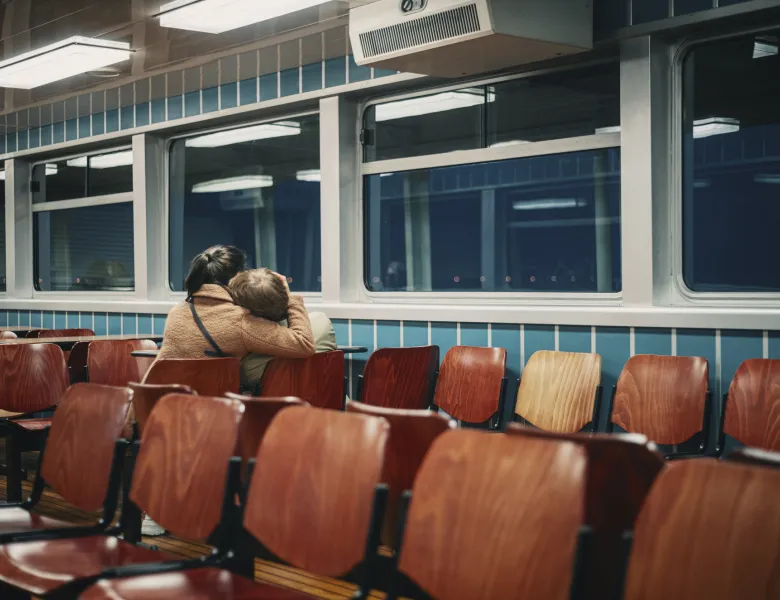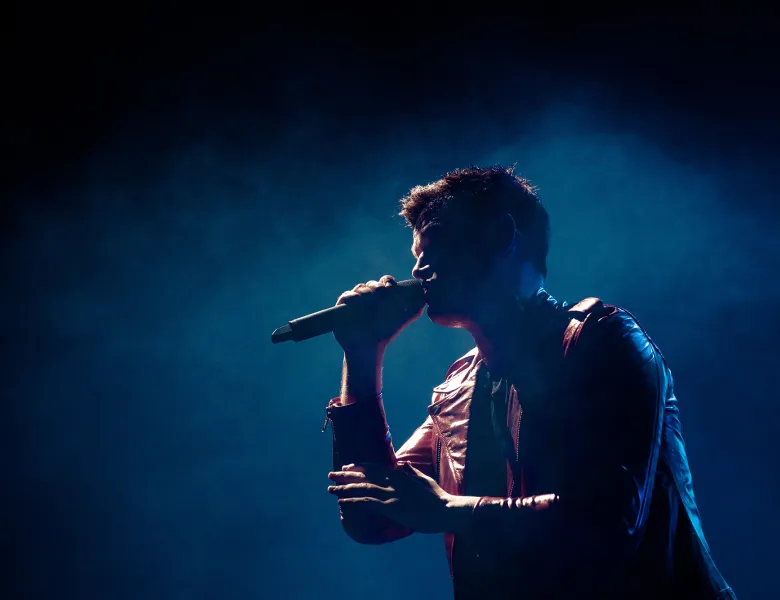Developing your practice: Terry Donnelly how I shoot rugby in action
GETTING STARTED
Regardless of what sport you want to photograph, to be successful it is absolutely essential that you understand the sport and the way the play can unfold. You have to be able to anticipate the game play and be ready to take a great shot as the opportunity presents itself, as there will only be one opportunity to capture a goal or a try.
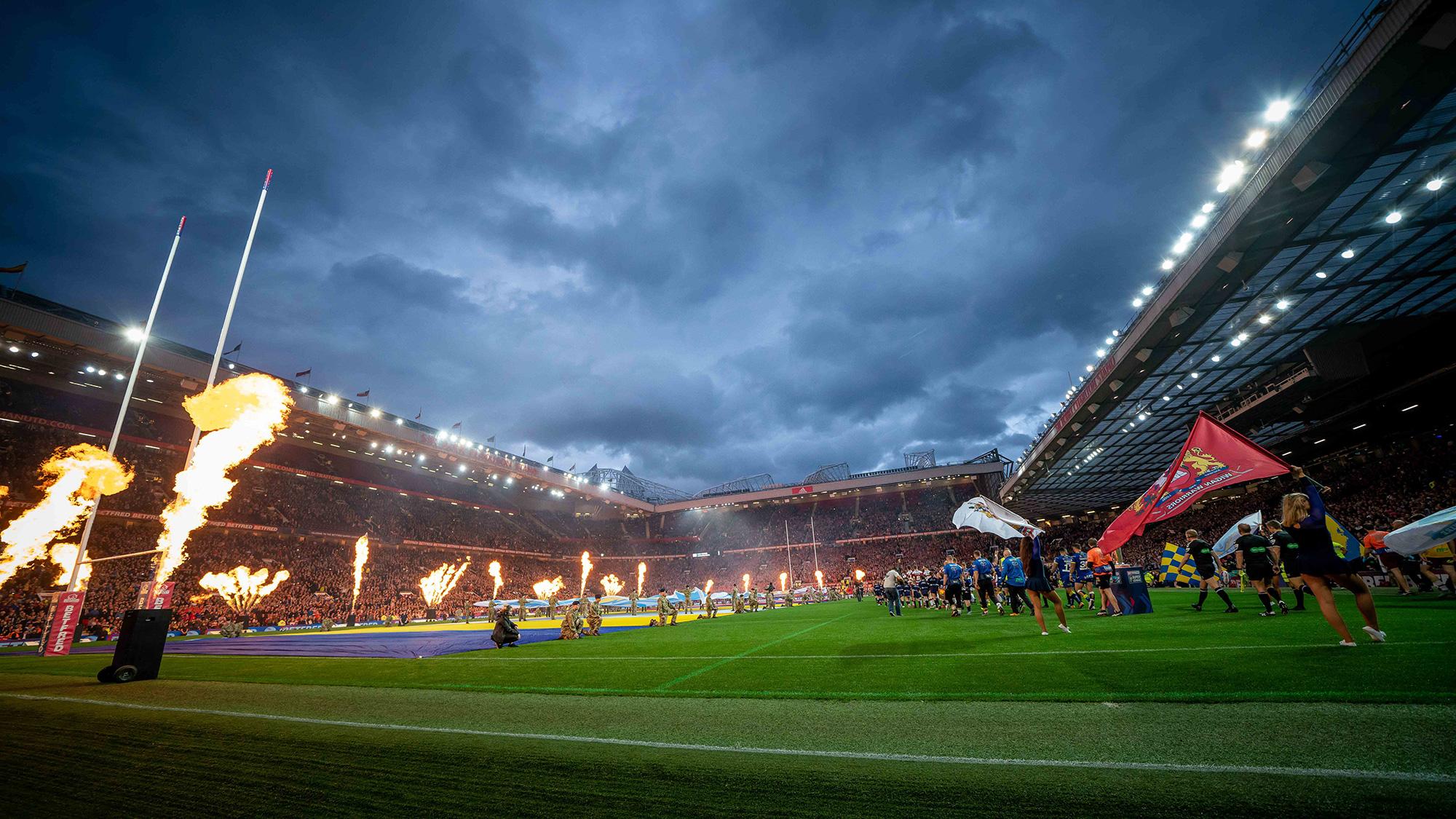
With sports as fast paced as rugby, there simply isn’t time to think about how to change camera settings or to decide which of your lenses to shoot with - it has to be almost a natural instinct, and that can only really come through an understanding of the game, your equipment and experience. If you are starting out, the best place to start is at the grassroots. Find a sport that you love and get to know your equipment by practicing over and over again.
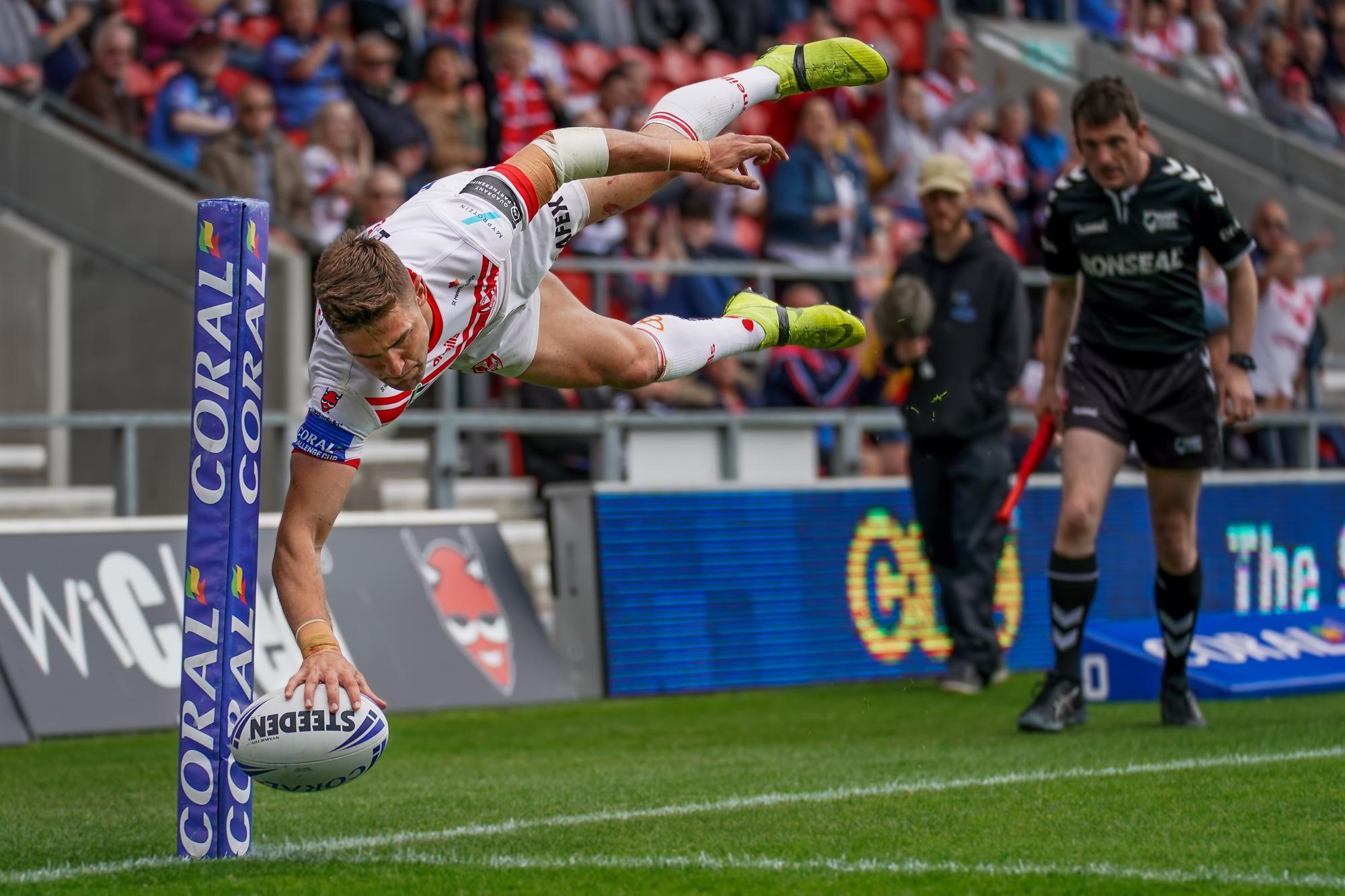
GETTING GREAT IMAGES
I’m always looking for the individual moments during a game that really tell a story and make the images newsworthy. For example, when photographing rugby, I look for acrobatic tries, emotional celebrations, peak action tackles – all these shots make for great images that work on both social media and national newspapers.
Part of getting those great images is making sure that you are in the right position. This will largely depend on stadium restrictions, but also whether I have a particular interest in just one club or a particular interest in a single player. For example, if there is a player making their 100th appearance, or is likely to achieve another milestone during a game, I make sure to pay particular attention to the position and angle I’m shooting from, so I have the best chance of getting that killer shot of them.
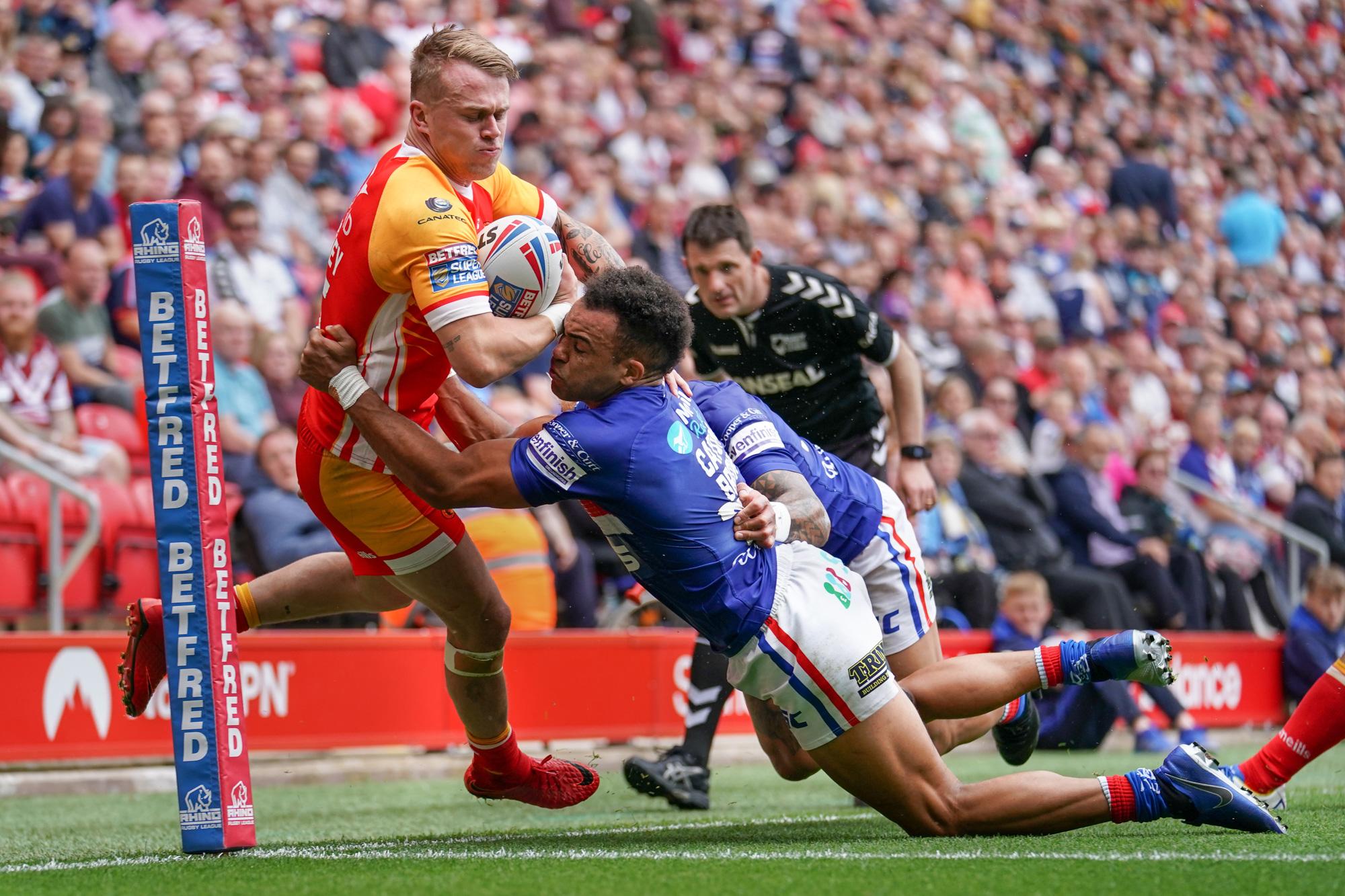
HAVING THE RIGHT KIT
My regular setup is both the α9 and α7R III. The α9 is my ‘catch all’ piece of kit and I mostly use it with my FE 400 f/2.8 G Master and FE 70-200 f/2.8 G Master lenses capturing high speed action. I use my α7R III for wide angle shots with the FE 16-35 f/2.8 G Master or FE 24-70mm f/2.8 G Master lens, depending on the stadium I am working and type of shot I am going for. Sometimes I’ll also use the α7R III to shoot remotely, placing it behind a goal or try line ready to capture a key action. Between these lenses I’m ready to cover all of the action wherever I’m positioned.
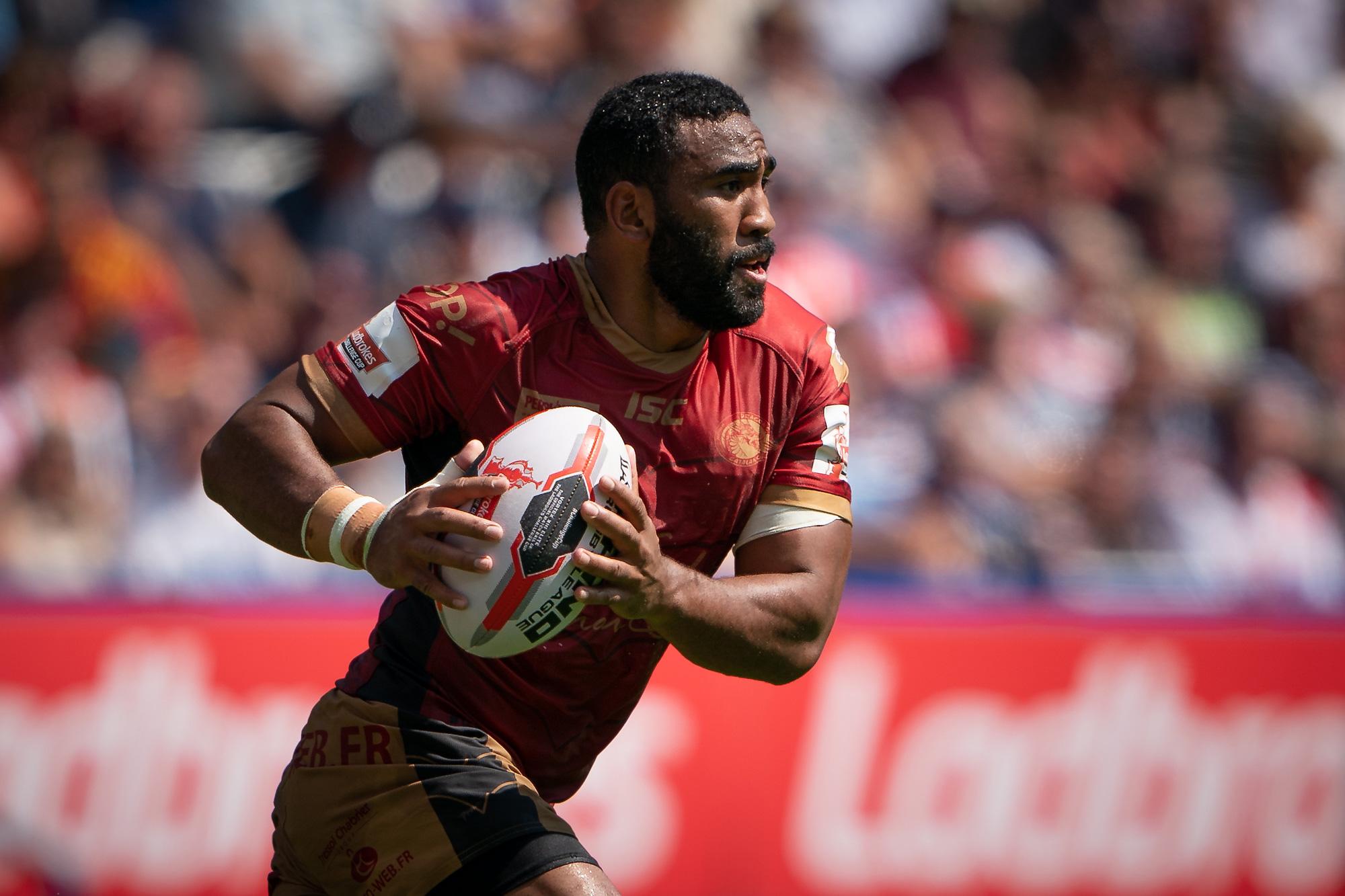
USING THE RIGHT SETTINGS
I always shoot using manual exposure. I take an exposure reading from the grass at the centre of the pitch before a match starts, and then I will lock my exposure to that, which means that all my images have a consistent exposure throughout the game.
When shooting such a fast-paced sport, the continuous autofocus mode is really useful for helping me get the crystal-clear shots I need. I also use back button focusing, with the focusing disabled on the shutter release button, meaning my shutter release button only fires the shutter, and a rear button, typically AE-L activates the cameras AF. This means there is no delay in the shutter firing when pressing the shutter button.
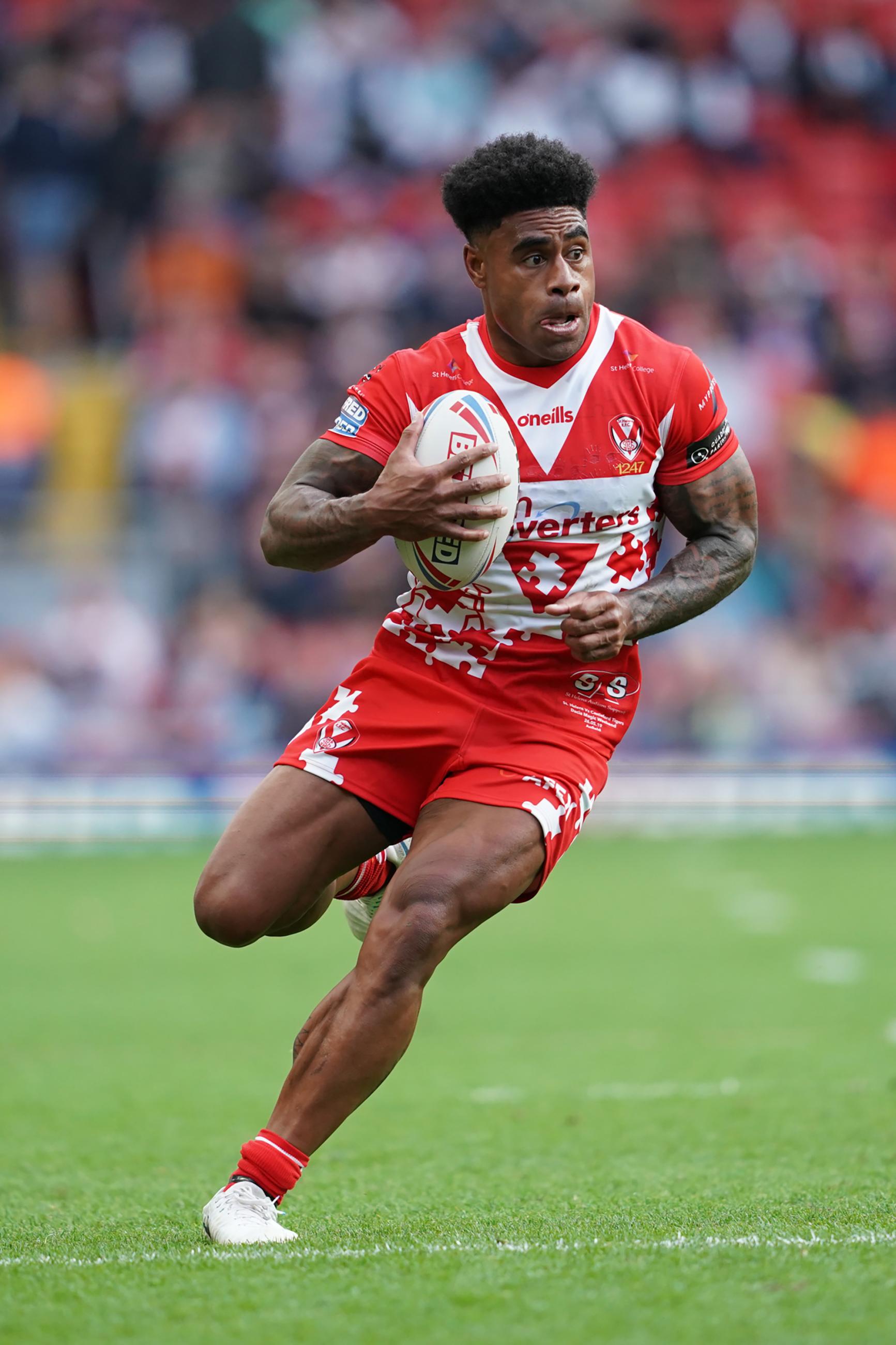
Finally, aim to shoot at 20fps when focusing on the action. For me, it means I have much more opportunity to capture a perfect shot at a peak moment. To get the ball in shot is key, or a key emotion – if I miss it, there’s no repeating the moment. If I don’t have this, all my other efforts will have been for nothing.
KIT USED:
• Sony α9
• Sony α7R III
• FE 12-24mm f/4 G
• FE 70-200mm f/2.8 GM OSS
• FE 400mm f/2.8 GM OSS






